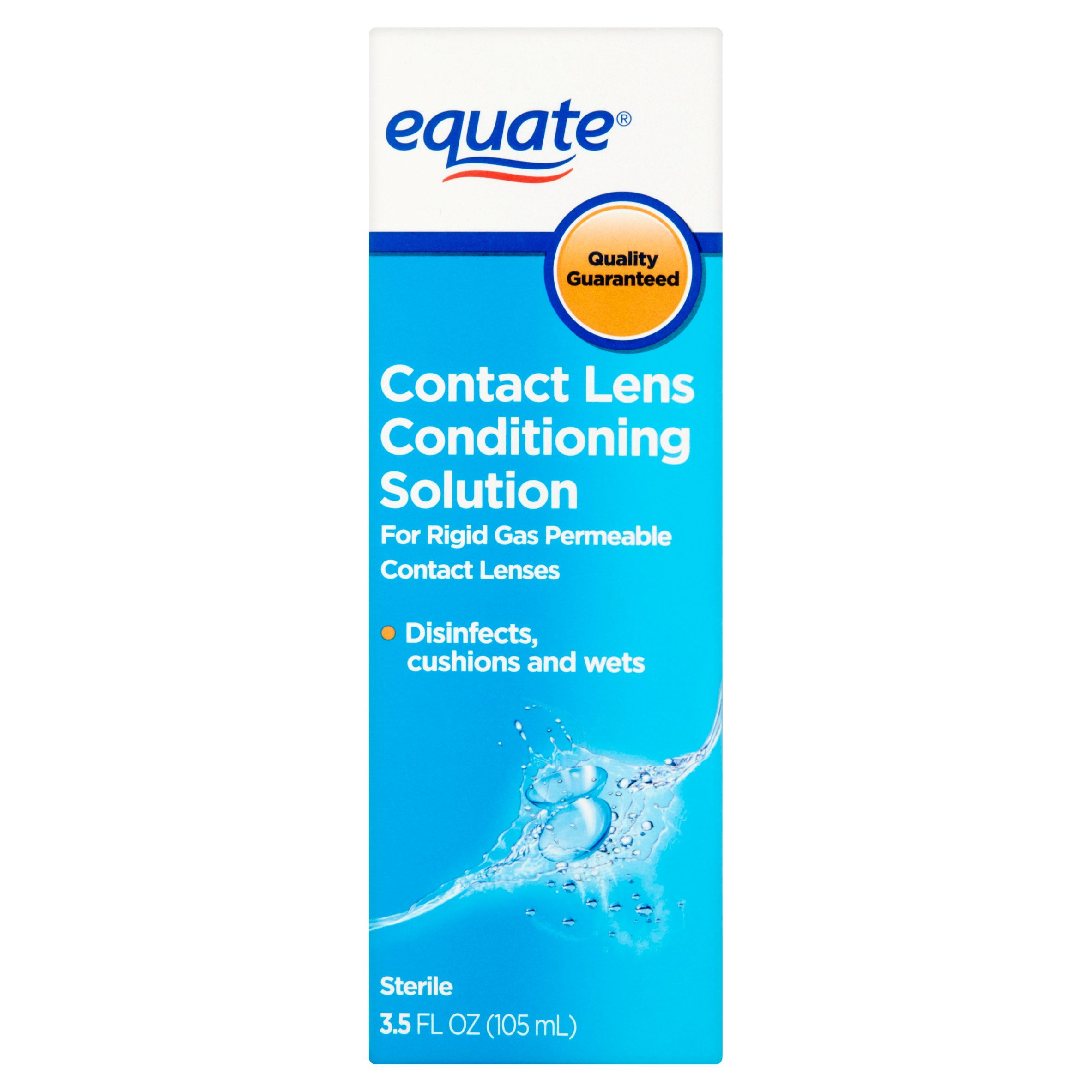

H2O2 solutions are biocides that destroy bacteria, fungi, and protozoa9 by producing free radicals that act as oxidizing agents, damaging microorganismal cell membranes and penetrating biofilms.

Today’s H2O2 products include surfactants that aid in deposit removal and lens wettability, 9 and they don’t have preservatives, which may also improve their overall comfort when compared to multipurpose solutions. 8,10 There are 2 types of hydrogen peroxide (H2O2) products: a 2-step system that requires lenses be soaked in a 3% H2O2 solution overnight and then introducing a neutralizing agent 8,11 and the more common 1-step system that uses either a platinum disk or a time-release catalase tablet to neutralize the peroxide. Originally introduced in the early 1970s, these systems dominated the market until the development of multipurpose systems. A 2018 report found that peroxide solutions were superior to multipurpose ones in terms of compliance, ease of use, efficacy of disinfection, comfort, and ocular surface safety. However, because they are reported to have fewer complications, 7–9 they can be recommended for patients who wear soft lenses, corneal gas permeable lenses, hybrid lenses, and scleral lenses, and for those who are sensitive to the preservatives in multipurpose solutions, have ocular allergies or dryness, or experience nonspecific lens discomfort. These solutions are not used in the United States as frequently as multipurpose ones because they are recommended by only about 25% of US eye care professionals. For them, other disinfecting methods are recommended. Finally, multipurpose solutions contain preservatives like boric acid, sodium borate, and sodium chloride, that keep them sterile, but some patients may be sensitive to such preservatives or to the concentrations used. To reduce surface tension and increase surface moisture, each brand has a proprietary wetting agent that conditions the lens.

5 These biocides kill bacteria or disrupt bacterial adhesion to the surface of the lens. Phosphate-buffered saline is prepared with mild antibacterial biocides such as polyaminopropyl biguanide, polyquaternium, polyhexamethylene biguanide, polyhexanide hydrochloride, polyquaternium-1, and myristamidopropyl dimethylamine. Most cleaning solutions contain similar base ingredients. 4 Different surface coatings on lenses can also affect their interaction with, and the overall performance of, the disinfecting solution. 4 Gram-negative organisms have a stronger resistance to microbicides than gram-positive organisms. For example, Pseudomonas aeruginosa adheres to the lens surface more than Staphylococcus aureus. Thus, the ease of use of multipurpose solutions might more properly be termed misuse that compromises their effectiveness.ĭifferent types of bacteria can also alter the performance of a disinfectant. Unfortunately, most patients who use multipurpose solutions say that they don’t follow the aforementioned instructions. Research leading to the approval of disinfecting agents for use in humans adheres strictly to the instructions on the packaging, and real-world safety depends on the same adherence. However, ensuring that these systems don’t cause infections or inflammation requires that the lenses be rubbed and rinsed 3 for > 10 seconds every time they are removed and that the solution is never “topped off” instead, fresh solution should be added to the case before the lenses are stored.Īlthough many effective multipurpose solutions exist, 4 comparing generic and brand-name products can be difficult for eye care providers and consumers alike because they contain different preservatives and surfactants and their mechanisms of action differ. Thus, eye care providers must recommend the right lens disinfectant to their patients and impress upon them the need to follow to the letter the instructions on the packaging.Ībout 60% of patients still wear reusable lenses, 2 and all-in-one systems appeal to them because of their convenience. Nevertheless, 99% of lens wearers admit to engaging in at least 1 risky behavior when it comes to lens hygiene. Common sense would suggest that not cleaning contact lenses correctly can lead to eye infection and inflammation.


 0 kommentar(er)
0 kommentar(er)
